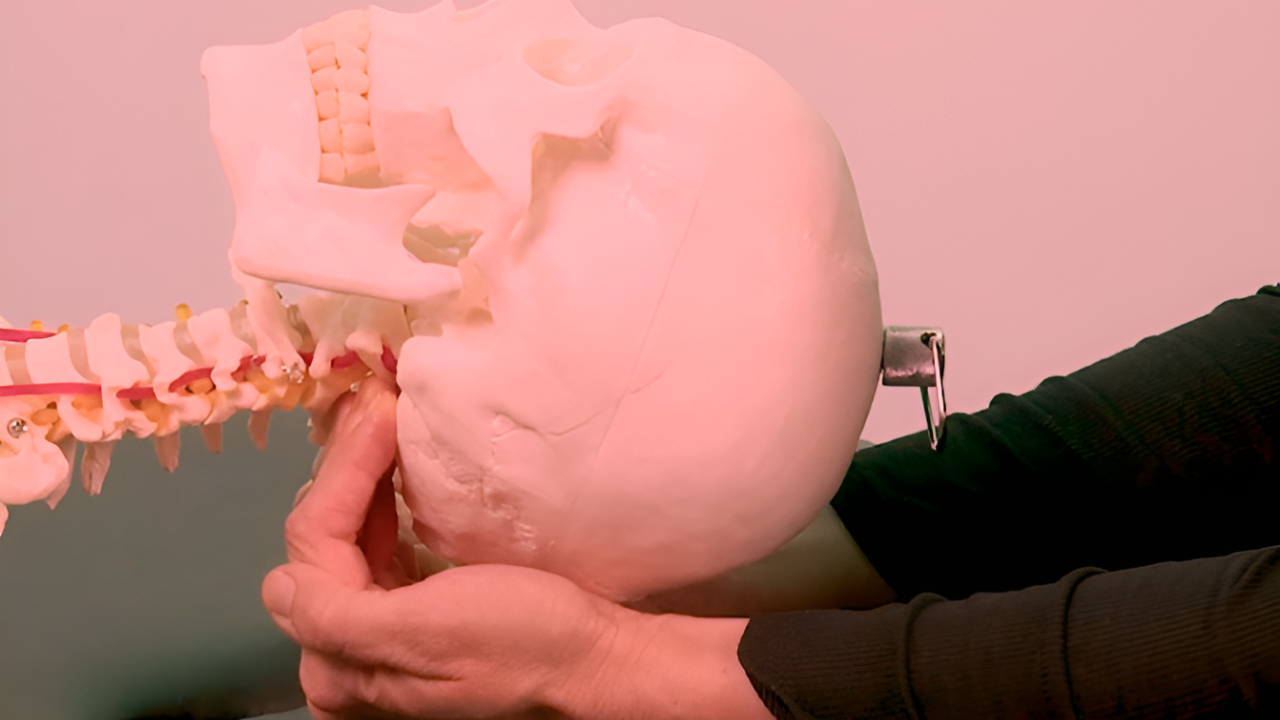Trigger Point Therapy - Muscle Strengthening
Strengthening the muscles improves their tolerance and stamina to exercise. Keeping muscles strong can relieve pain, improve the function of muscles with trigger points, and prevent further injury. As a rule, strengthening a muscle occurs when you hold maximal muscle contraction for 5–10 seconds.
Types of Strengthening
Here we will talk about two types of strengthening exercise—isometric and isotonic—although others exist.
Isometric Strengthening
Isometric exercises keep the joints in the same position and are non-traumatic. They are relatively simple to perform, require very little equipment, and do not require any previous fitness experience. They are a great first place to start on your strengthening program. Isometric strengthening occurs when you exert variable force to a fixed position: yoga and Pilates, for example, rely a lot on isometric loading. A simple example of an isometric exercise is the “plank”:
-
Lie face down on the floor or a yoga mat, with your hands directly beneath your shoulders.
-
Press down with your hands to lift your torso off the floor.
-
Flex your abdominal muscles to keep your back straight.
-
Your body should create a long, straight line.

An isometric strengthening exercise: the “plank”
Some Useful Tips
• Isometric exercises are specific to the joint angle: the greater the angle, the longer the lever and the more force required to maintain the position.
• To increase difficulty you can repeat isometric positions every 15–20 degrees throughout the range of motion.
• Hold most contractions for about 6–30 seconds, and repeat if you want to increase the effects.
• Do not forget to breathe!
• If you feel dizzy or light-headed, you should stop.

An isotonic strengthening exercise: incline barbell press.
Isotonic Strengthening
This occurs when you resist against a uniform force. This may involve:
• Weights—barbells, dumbbells, or resistance machines
• Body resistance, e.g. press-ups
• Resistance bands
• Kettle bells
Some Useful Tips
• Exercise each muscle group at least twice a week.
• It is important that you get adequate rest between exercise sessions—at least 48 hours. Isotonic exercise strengthens muscles by creating small tears in them, which then repair. As you rest after your workout, your muscles heal and grow stronger.
• Always warm up before working out and cool down afterwards.
• Stretch at the end of every exercise session.
Note: Do not ignore pain. You should not feel severe pain during or after exercise: in general, if an exercise activates your trigger point pain, it should be stopped. Talk to your manual therapist or doctor if you have any pain while exercising.
This blog is intended to be used for information purposes only and is not intended to be used for medical diagnosis or treatment or to substitute for a medical diagnosis and/or treatment rendered or prescribed by a physician or competent healthcare professional. This information is designed as educational material, but should not be taken as a recommendation for treatment of any particular person or patient. Always consult your physician if you think you need treatment or if you feel unwell.

Learn More for Less

Unlimited access to all courses for just $19.95/mo










